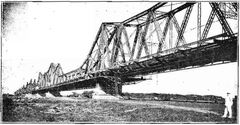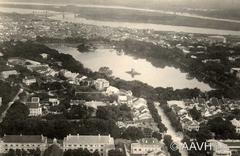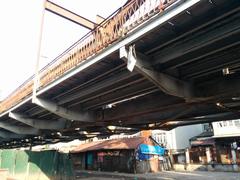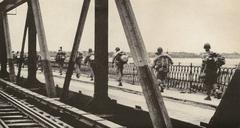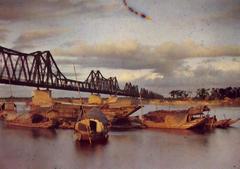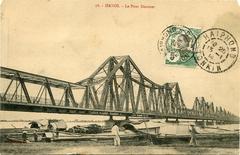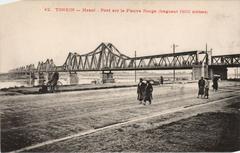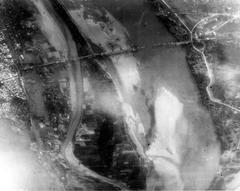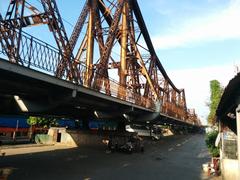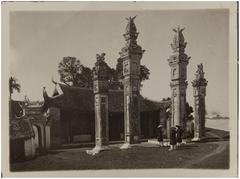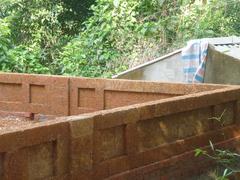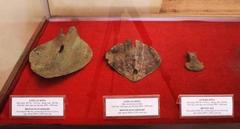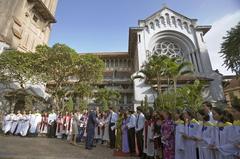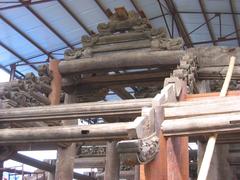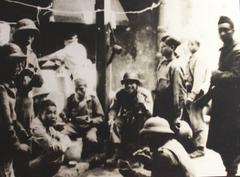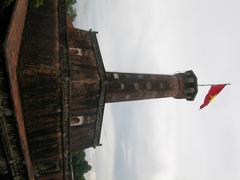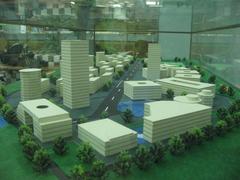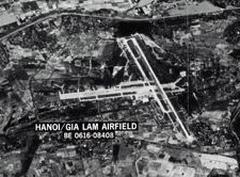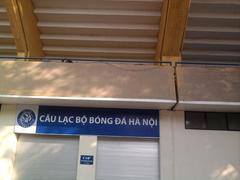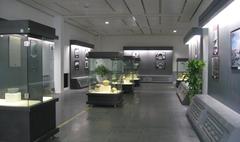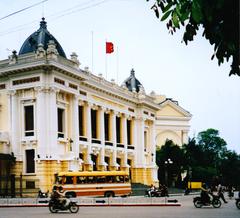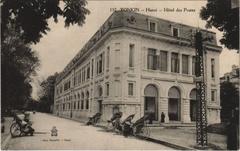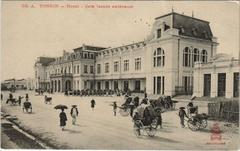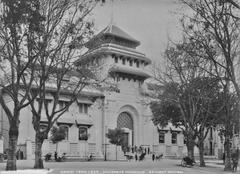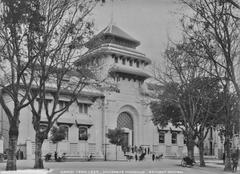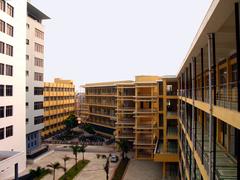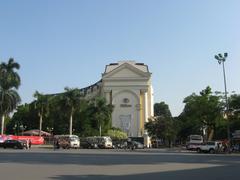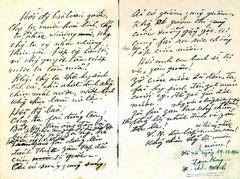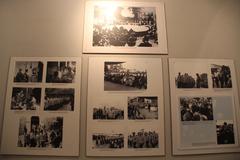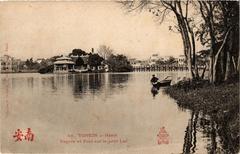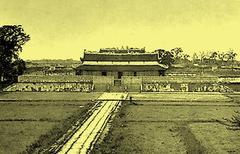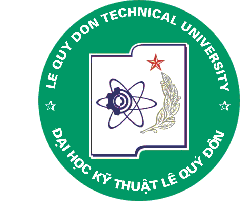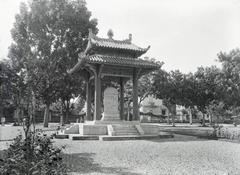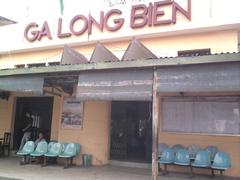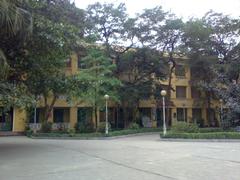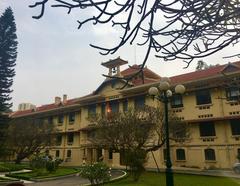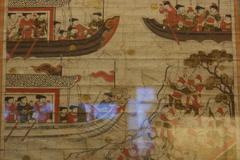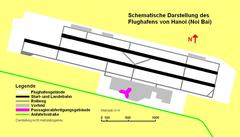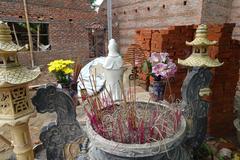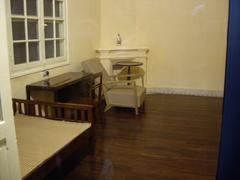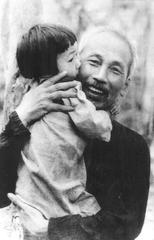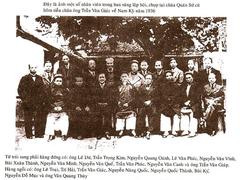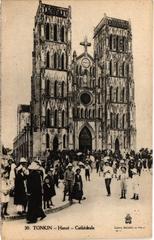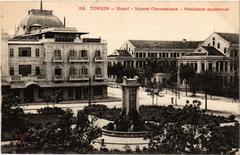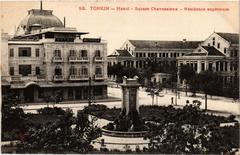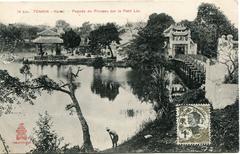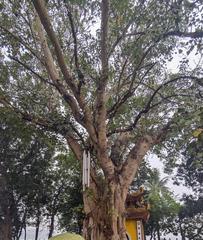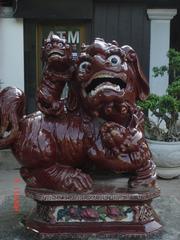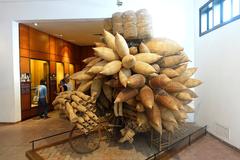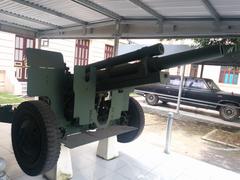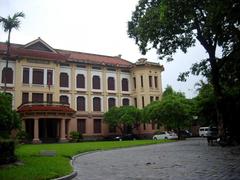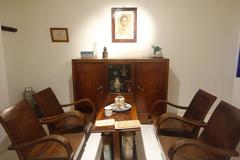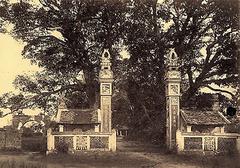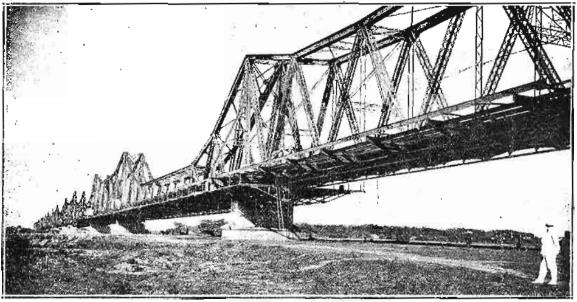
Long Bien Bridge Hanoi: Visiting Hours, Tickets, and Travel Guide
Date: 14/06/2025
Introduction
Long Bien Bridge is one of Hanoi’s most revered landmarks—a living testament to the city’s resilience, ingenuity, and vibrant daily life. Stretching across the Red River, this iconic structure combines remarkable French colonial engineering with deep historical and cultural significance. Built between 1899 and 1902 by the Daydé & Pillé company with the help of Vietnamese laborers, the bridge has survived wars, bombings, and decades of change, evolving from a pioneering feat of infrastructure to a beloved symbol of Hanoi (Wikipedia; vietevibes.com). Today, Long Bien Bridge welcomes visitors 24/7, free of charge, offering a unique vantage point on the city’s past and present.
This comprehensive guide details Long Bien Bridge’s history, architecture, cultural role, visiting hours, ticket information, accessibility, practical travel tips, and nearby attractions—everything you need to plan an enriching visit.
Table of Contents
- Introduction
- Historical Overview
- Architectural Features and Innovations
- The Bridge in Hanoi’s Cultural Life
- Visiting Information
- Activities and Experiences
- Nearby Attractions
- Visitor Tips and Etiquette
- Preservation and Future Plans
- Frequently Asked Questions (FAQ)
- Conclusion and Call to Action
- References
Historical Overview
Colonial Conception and Construction (1899–1902)
Long Bien Bridge, originally named Paul Doumer Bridge for the then-Governor-General of French Indochina, was constructed as a symbol of French colonial ambition and a critical artery linking Hanoi to Hai Phong and northern provinces (vietevibes.com). Designed by the Parisian firm Daydé & Pillé, the bridge was completed in 1902, stretching approximately 2,290 meters with 19 steel spans supported by 20 piers (asiamystika.com; vietnamtourism.org.vn). Over 3,000 Vietnamese workers and 40 French engineers participated in its assembly, using materials sourced both locally and from France.
Strategic Role in Vietnamese History
During the colonial era, Long Bien Bridge was a vital supply and transport route, facilitating economic growth and military movement. After independence, it played a crucial role during the First Indochina War and Vietnam War, serving as a lifeline for supplies to the north (vietnamtourism.org.vn).
Wartime Damage and Restoration
The bridge’s strategic importance made it a frequent target during the Vietnam War. Between 1965 and 1972, it was bombed at least fourteen times by American air forces (Vietnam Discovery). Each time, Hanoians rallied to repair and restore it, leaving visible scars—twisted beams, mismatched spans, and patched steelwork—that tell a story of resilience (historicbridges.org).
Architectural Features and Innovations
Long Bien Bridge is celebrated for its distinctive cantilever truss system, a rarity in Southeast Asia at the time of construction. The bridge comprises a central railway track flanked by narrow lanes for motorbikes, bicycles, and pedestrians, all set within an elegant latticework of riveted steel (autourasia.com). The design minimizes the number of river piers, overcoming the Red River’s challenging conditions, and showcases both functionality and industrial beauty.
Its steel superstructure, reinforced concrete piers, and central railway were cutting-edge in the early 20th century. Today, the bridge’s weathered appearance—marked by rust, repairs, and war damage—adds to its historic atmosphere and charm (historicbridges.org).
The Bridge in Hanoi’s Cultural Life
Long Bien Bridge is deeply woven into daily life in Hanoi. It is the only bridge in the city where traffic flows on the left, a vestige of colonial rule (vietnamtourism.org.vn). The bridge is a gathering place for locals—elderly residents recalling wartime memories, young couples taking photos at sunrise, vendors selling snacks, and fishermen casting lines below (vietevibes.com). Beneath its arches, Long Bien Market buzzes day and night, while makeshift communities along the riverbanks add further layers to its cultural landscape.
Artists, poets, and filmmakers often use the bridge as inspiration and backdrop, immortalizing it in literature and film as a symbol of Hanoi’s enduring spirit (Hanoi Old Quarter Guide).
Visiting Information
Hours and Tickets
- Visiting Hours: Open 24 hours a day, 7 days a week. The bridge is accessible at all times for pedestrians, cyclists, and motorbikes.
- Tickets: No entrance fee. Access is free for all visitors (VNITourist).
Accessibility and Safety
- Who Can Visit: Open to pedestrians, bicycles, motorbikes, and trains. Cars are not permitted due to weight and preservation concerns.
- Accessibility: The bridge’s uneven walkways and lack of ramps make it challenging for those with mobility impairments.
- Safety: Stay in the designated pedestrian lanes, be alert for passing trains and motorbikes, and watch your step on uneven surfaces.
Getting There
- By Foot/Bike: About a 15-minute walk or short cycle from Hanoi’s Old Quarter (Mytour).
- By Motorbike/Taxi: Easily accessible from any part of Hanoi via motorbike or taxi. Ride-hailing apps like Grab are also convenient.
- By Public Bus: Several bus routes stop near Long Bien Bridge, including 03, 30A, 36, 41, 58, and 86.
Best Times to Visit
For optimal experience and photography, visit at sunrise or sunset. Early mornings are especially atmospheric, with mist over the Red River and bustling market activity below.
Activities and Experiences
Walking and Cycling
Walking or cycling across Long Bien Bridge immerses you in its history and offers excellent views of the Red River and city skyline (VNITourist). The pedestrian walkways, though narrow and rustic, provide a unique vantage point.
Photography Hotspots
- Bridge Midpoint: Panoramic views of the river and city.
- Red River Rock Beach: Below the bridge, great for sunset shots.
- Tran Nhat Duat Street Cafés: Rooftop cafés offer stunning elevated perspectives.
Local Food and Markets
Savor grilled corn or baked sweet potatoes from vendors on the bridge, especially in winter (Mytour). Don’t miss Long Bien Market for an authentic Hanoi commercial experience.
Guided Tours
Join a historical walking or cycling tour to gain deeper insights into the bridge’s history, architecture, and role in Hanoi’s development (Hanoi Local Tour). Some tours combine the bridge with the Old Quarter and other key destinations.
Nearby Attractions
- Long Bien Market: A bustling wholesale market under the bridge, busiest in the early morning.
- Hanoi Old Quarter: Ancient streets, shops, and eateries just a short walk away.
- Dong Xuan Market: Hanoi’s largest indoor market.
- Hoan Kiem Lake: The symbolic heart of Hanoi, surrounded by temples and cafés.
- Hanoi Ceramic Mosaic Mural: The world’s longest ceramic wall, running along the Red River near the bridge.
- Long Bien Train Station: A historic remnant from the bridge’s early days (Hanoi Explore Travel).
Visitor Tips and Etiquette
- Wear comfortable shoes for uneven surfaces.
- Use sun protection or rain gear as the bridge is exposed.
- Respect local customs and ask before photographing individuals.
- Support local vendors by purchasing snacks and disposing of litter responsibly.
- Be alert for passing trains and motorbikes when crossing.
Preservation and Future Plans
Long Bien Bridge’s preservation is a priority for both local and international communities. In 2024, France contributed over 700,000 euros for renovation, with experts collaborating on future solutions (Vietnam Paradise Travel). Proposals include transforming the bridge into a pedestrian zone or museum to safeguard its legacy for generations to come.
Frequently Asked Questions (FAQ)
Q: What are Long Bien Bridge’s visiting hours?
A: The bridge is open 24/7 to pedestrians, cyclists, and motorbikes.
Q: Is there an entrance fee?
A: No, entry is free for all visitors.
Q: Can cars go on the bridge?
A: No, cars are not allowed due to preservation and structural concerns.
Q: How do I get there from Hanoi Old Quarter?
A: Walk, cycle, take a motorbike, or use a taxi/ride-hailing service. The bridge is about 1 km east of the Old Quarter.
Q: Are guided tours available?
A: Yes, several operators offer guided walks and cycling tours featuring the bridge.
Q: Is the bridge accessible for people with disabilities?
A: Access is limited due to narrow, uneven walkways and lack of ramps.
Visuals and Media
Enhance your visit by exploring photo galleries and virtual tours showing the bridge’s architecture, market activity, and panoramic river views. Look for descriptive alt text such as “Long Bien Bridge at sunrise with Hanoi skyline,” “Vendors selling grilled corn on Long Bien Bridge,” and “Panoramic view of Red River from Long Bien Bridge.”
Conclusion and Call to Action
Long Bien Bridge is more than just a crossing over the Red River—it is a living monument to Hanoi’s storied past, enduring spirit, and vibrant culture. Whether admiring its engineering, photographing its weathered steelwork, or immersing yourself in the daily rhythms of local life, the bridge offers an unforgettable experience.
Plan your visit today, and for up-to-date tips, guided tour options, and event news, download the Audiala app. Check out our related articles on Hanoi’s historical sites and walking tours, and follow us on social media to discover more of Vietnam’s hidden gems.
References
- Wikipedia
- vietevibes.com
- vietnamtourism.org.vn
- historicbridges.org
- Vietnam Discovery
- Hanoi Old Quarter Guide
- Hanoi Free Private Tour Guide
- asiamystika.com
- autourasia.com
- vietnamtour.in
- VNITourist
- Hanoi Explore Travel
- Mytour
- Vietnam Paradise Travel
